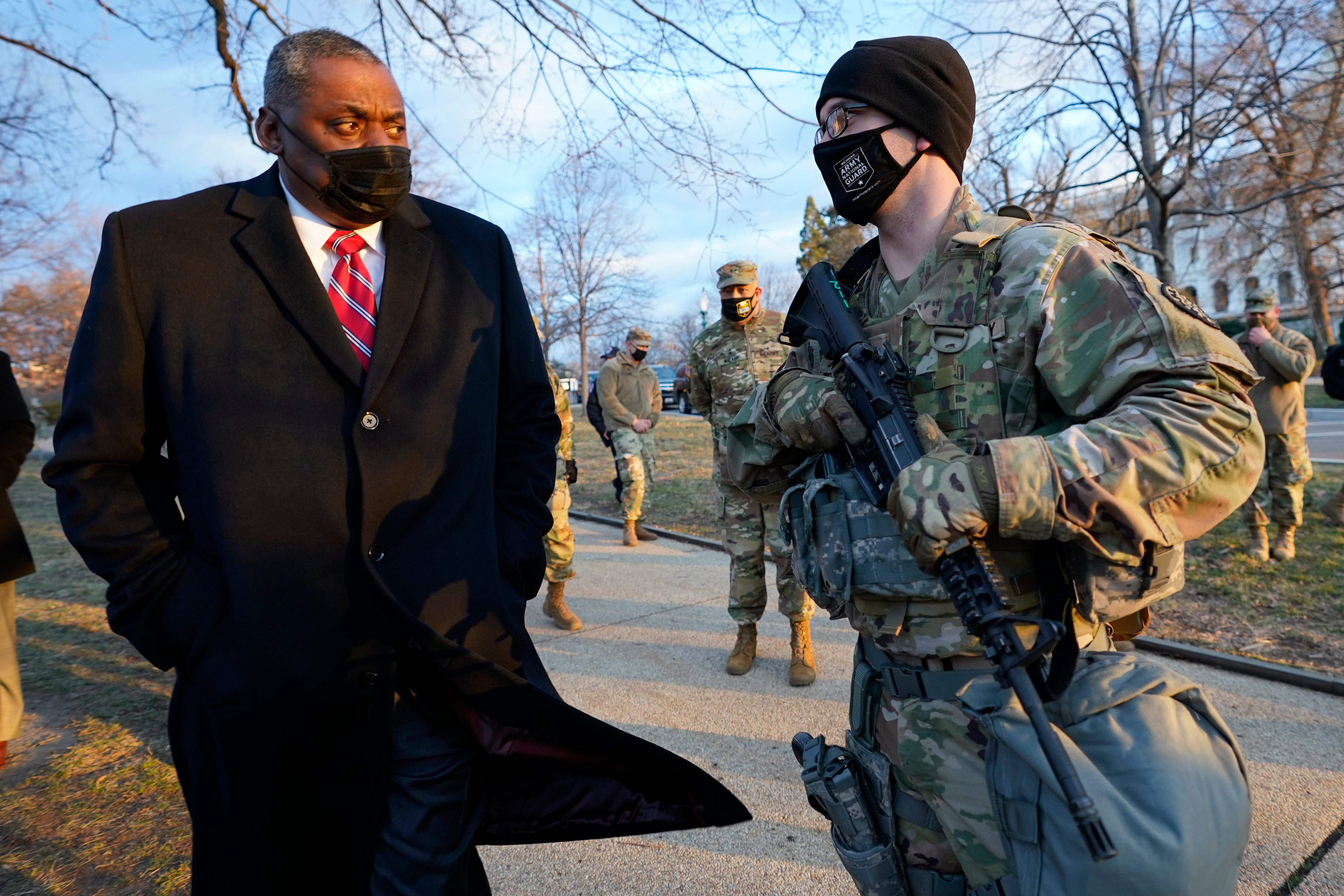

Lawmakers have also been critical of the counter-extremism rebrand. This latest push solidifies what most advocates already know: counter-extremism programs are themselves tools of white supremacy, and must come to an end. In a recent report and toolkit, University of Illinois researcher Nicole Nguyen and community-based researcher Yazan Zahzah noted that relying on counter-extremism to address white supremacy would “strengthen institutions that harm people of color obscure structural inequality.” Part of 2015’s Counterterrorism and Security Act, the Prevent Duty places responsibility on public sectors to “look out for signs of radicalisation”.Īssessing the effects of surveillance on children, Aitlhadj told me, Prevent Watch has recorded incidents of “bed wetting, the development of Obsessive-compulsive disorder, and also greater than average mistrust of authority.” They are, she says, “fearful, mistrustful, and even traumatized by what they have been through.”

counter-extremism program known as the Prevent Duty. In March, I interviewed Layla Aitlhadj, director of Prevent Watch, for a report on the U.K. We can also draw insights from counter-extremism watchdogs in the United Kingdom.


While there are few studies on specific counter-extremism programs, the negative psychological impacts of surveillance are widely documented. Federal agencies like DHS and the FBI have a long history of targeting racial justice and pro-choice activists, referring to them, for example, as “ Black Identity Extremists” or “ Abortion-Related Violent Exstremists.” However, the program was created to combat so-called “domestic violent extremism.” Historically, this nebulous category has been used to clamp down on social movements. In 2016, the group applied for a DHS grant with plans to expand its work to target “jihadism.” In January 2022, Homeland Security Secretary Alejandro Mayorkas told NPR he was “very cognizant of the trust deficit” related to counter-extremism and “that is precisely why we created CP3.” Its efforts largely focused on funding the nonprofit Life After Hate, which claims to help people leave white supremacist groups. The federal government has already tried to rebrand counter-extremism as the antidote to white supremacist activity. Instead, the program became the Center for Prevention Programs and Partnerships (CP3), part of federal efforts to “comprehensively combat domestic violent extremism, including white supremacy.”Ĭivil rights advocates were immediately wary of CP3, citing previous counter-extremism programming’s surveillance of primarily Black and Muslim communities.Ĭivil rights advocates were immediately wary of CP3, citing previous counter-extremism programming’s surveillance of primarily Black and Muslim communities. Upon taking office, President Joe Biden backtracked on campaign promises to end the Trump Administration’s Targeted Violence and Terrorism Prevention Program. history of targeted surveillance in the name of protecting national security, only risks traumatizing the same communities it claims to keep safe. But the Biden Administration’s approach, which draws on a long and fraught U.S. In response, Secretary of Defense Lloyd Austin committed to addressing extremism within military ranks. After the January 6 insurrection, a CBS News analysis found that at least 81 of the over 700 individuals charged in relation to the attack were current and former armed service members.


 0 kommentar(er)
0 kommentar(er)
